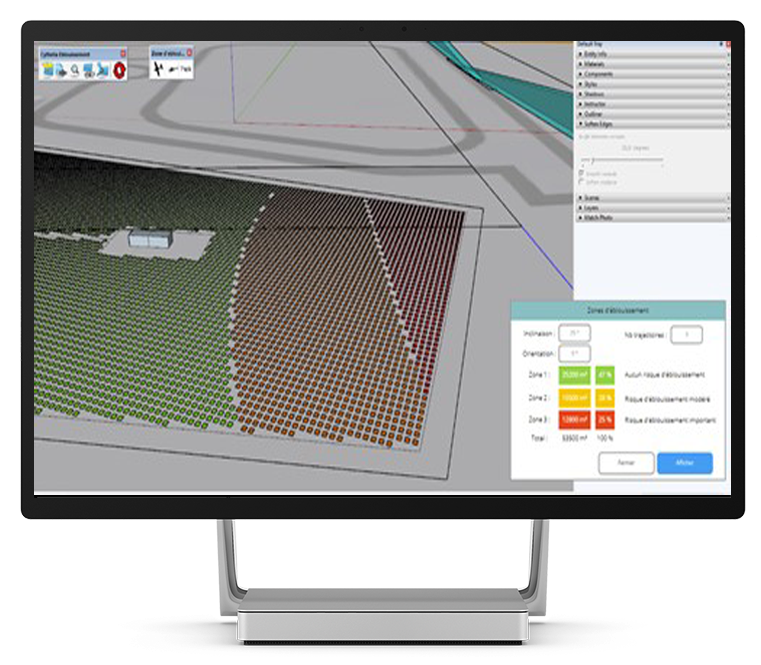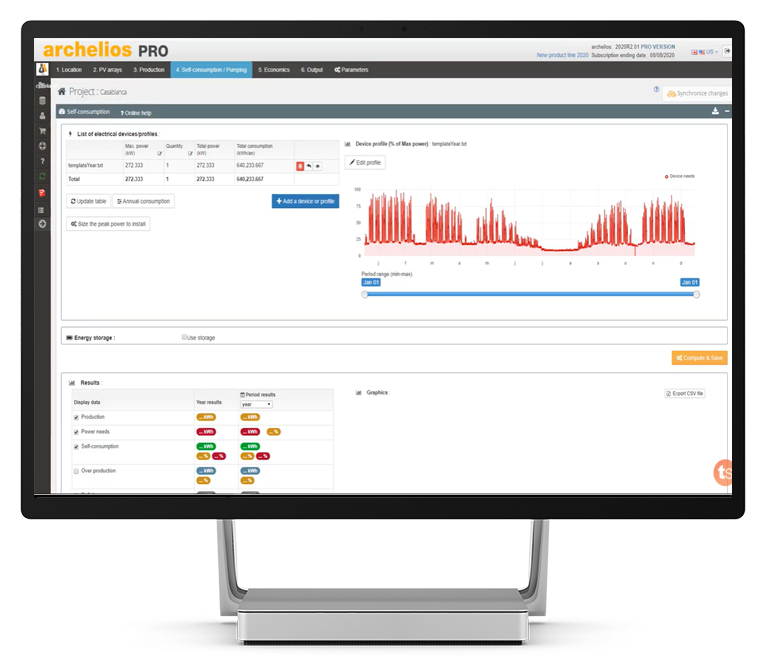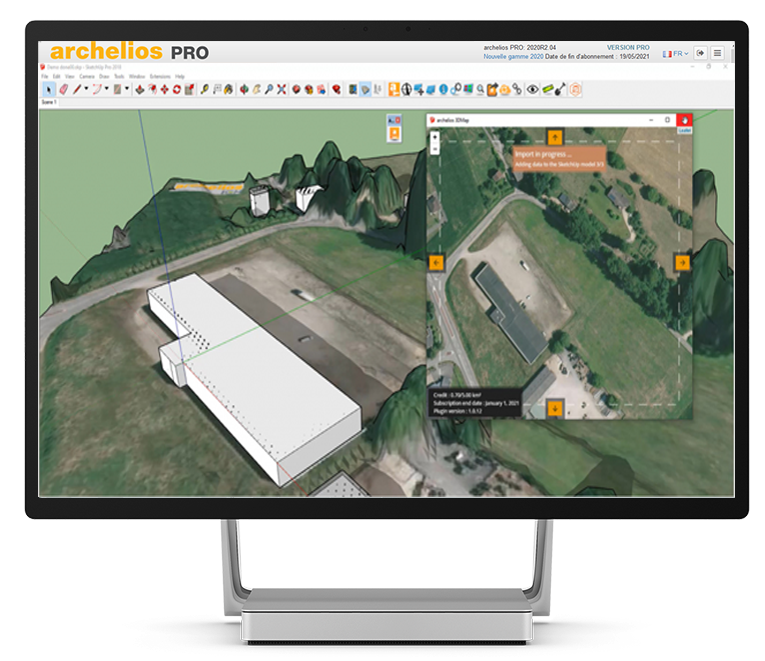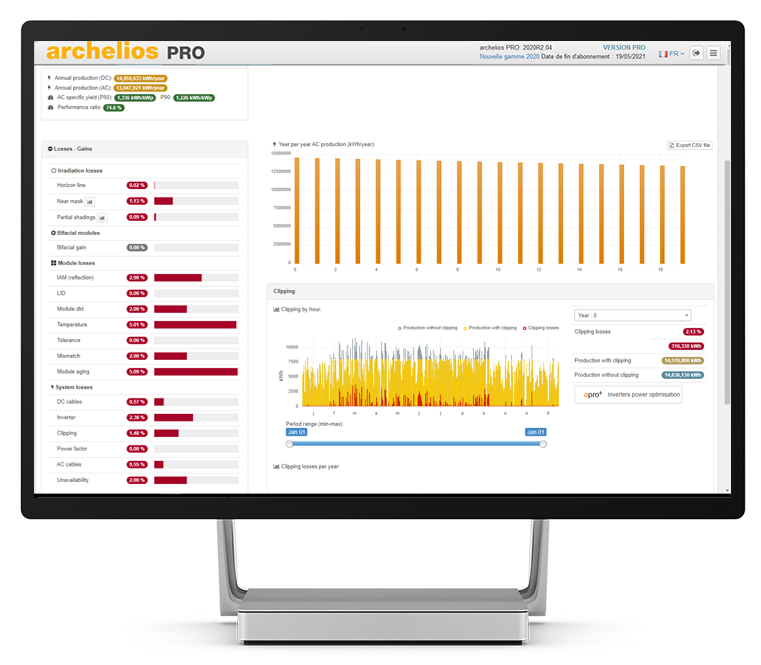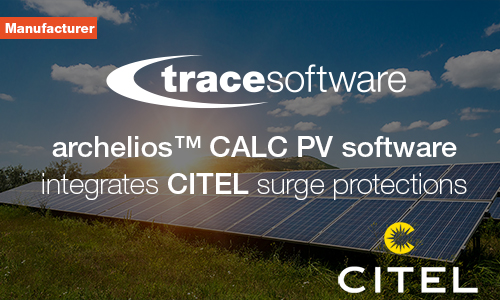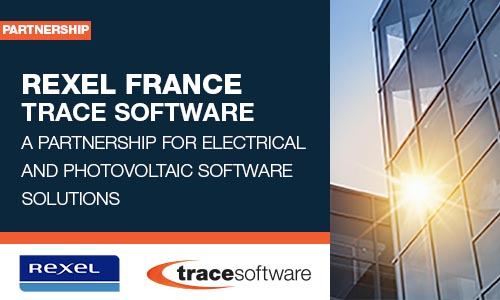Photovoltaic project feasibility study
Introduction
The feasibility study of a photovoltaic project generally follows a prospecting phase on the territory or a building or land portfolio. Its objective is to verify that a project is technically feasible and economically viable. This article presents the important points of a feasibility study of a grid-connected photovoltaic installation.
Technical feasibility has several aspects:
Regulatory and urban planning constraints
Considering the regulatory and urban planning constraints: classified zones (heritage, protection of fauna or flora), presence of an airport or heliport nearby (in this case, a glare study may be necessary). Read the article on the photovoltaic glare study.
Characterization of the surface hosting the photovoltaic installation
In the case of existing buildings, structural studies may be required to verify that the roofs can support the weight of the installation. For a ground-mounted power plant, soil studies can be used to determine the choice of anchorage type.
The sizing of the installation of the constraints and objectives of the installation
The sizing of the installation can be carried out with the specialized software archelios™ PRO.
The power to be installed is limited by the available space (roofs or land) and may be restricted by regulations (power limits linked to feed-in tariffs, minimum roof pathways). It can also be the result of technical and economic optimization, especially in the case of a self-consumption installation.
The installed power depends on the type of modules and their number. When space is limited, high-efficiency modules are generally preferred.
The location of the modules on the available surface is also important as some areas may be affected by nearby shadows. These areas can be easily identified through 3D modeling of the facility and its environment. The modeling work, which can be tedious, is today greatly facilitated by the use of specialized ergonomic tools (archelios™ PRO plugin in SketchUp).
Once the power to be installed is known, the sizing of the photovoltaic field, i.e. the electrical organization of modules in parallel branches of modules mounted in, is intimately linked to the choice of inverters. For a defined number of modules, several dozens of configurations are possible for medium-sized installations (a few dozens of kWp), and up to several hundred for larger installations (several MWp). The precise definition of the module-inverter architecture is not essential to verify the technical feasibility, but it is recommended, especially when it has consequences on the output of the installation. This is for example the case for close shading (vegetation, buildings) or “internal” shade (shading of the module rows between them).
The conditions for connecting the facility to the grid should also be evaluated at the feasibility phase, as excessively high costs may be prohibitive.
Production forecast
The energy yield estimation achievable with archelios™ PRO is directly related to the evaluation (assessment) of the economic viability. If the deliverable can be determined from “calculators” in the opportunity phase, it is recommended, at the feasibility study stage, to use a more detailed software. The detailed calculations take into account the characteristics of the power plant with a sufficient level of detail, to calculate precisely the losses of the different components of the plant.
Project financers are also interested in the facility’s ability to produce under degraded operating conditions compared to what is envisaged. This degraded output is commonly referred to as “P90 output”, and is the result of a statistical calculation integrating the uncertainty values on all the simulation parameters.
Economic viability
The economic viability of a project is assessed by taking into account the investment (the cost of the installation, including its connection to the electrical distribution network), the operating costs, and the annual gains (which correspond to the sale of electricity and/or the savings achieved). The discounted calculation determines profitability indicators such as the Internal Rate of Return (IRR) or the Net Present Value (NPV), which are elements of decision support for a project owner.
Article written by Ismaël LOKHAT, Scientific Manager Cythelia Energy



